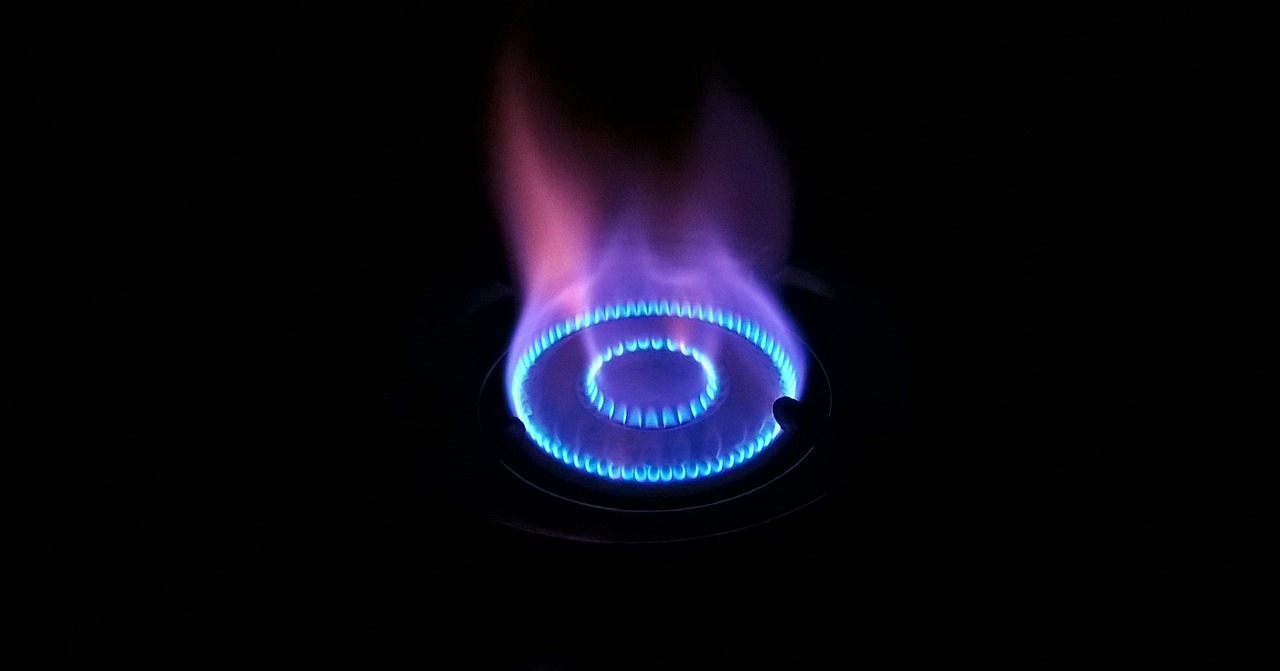Energy prices in the UK have skyrocketed in recent months, leaving homeowners and businesses grappling with the onset of record breaking bills. Energy regulator Ofgem has announced that from October 1st, most UK residents will pay about £1,570 more per year for gas and electricity. This increase, due to the energy price cap set by Ofgem, is set to surge by 80%, reflecting rising wholesale energy costs for suppliers. This will bring the average gas and electricity bill up to about £3,549 per year. With UK inflation rising above 10% for the first time in 40 years, residents are bracing for a challenging winter.
Read on as Rickman Properties explains the details of the UK energy price increases and how homeowners can prepare.
Energy Price Cap in the UK
The Consumer Prices Index, including owner occupiers’ housing costs (CPIH), rose by 8.8% in the 12 months to July 2022, up from 8.2% in June. CPIH is simply defined as the official measure of inflation of consumer prices of the United Kingdom. Some of the largest contributions to the annual CPIH, or inflation rate, are from housing and household services – largely from costs relating to electricity, gas and other fuels. Fuel prices increased by 43.7% this year to July 2022. This is the highest rate since before the start of the constructed historical series in January 1989.
UK energy prices will almost triple this winter as compared to last year due to an increase in the energy bill price cap by Ofgem. This comes after massive increases in gas prices, partially due to post-COVID-lockdown inflation rates, with the added contributing factor of the humanitarian crisis in Ukraine.
It’s important to note that this UK price cap doesn’t necessarily mean that it’s the maximum amount that people will pay for electricity and gas, however. In fact, this cap was brought about in order to cap profits for energy suppliers, and as a result, limits how much a household pays per unit of energy. Regardless of this energy cap, the more heat you require in your home, the more you’ll need to pay. This is particularly concerning because it implies that prices will be dependent on the weather in the UK this winter, which can be quite variable.
What can homeowners expect?
In an effort to help homeowners with higher energy bills this winter, the government has issued some measures to support:
- A £144 million fund to local authorities to help low-income and vulnerable households who do not pay council tax or are in council tax bands E to H.
- A £400 credit on electricity bills this winter through 6 monthly installments, starting in October.
- A £150 council tax rebate paid from April for those in council tax bands A to D. This was paid automatically to those who pay by direct debit.
- Additional cost of living payments of up to £650 for certain eligible households.
- A Warm Home Discount scheme has been expanded to encompass a total of 3 million households, with grants including £140 off electricity bills for winter 2021 to 2022.
Unfortunately, even with these additional supporting measures, higher energy prices will likely add more pressure to the cost of living to all Londoners.
What can homeowners do to prepare?
The biggest component of managing this energy crisis at home is to improve the energy efficiency of your residence. This will require a bit of investing, but will ultimately lead to lower energy bills as the winter rapidly approaches.
Some recommendations to improve your EPC rating are the following:
- Replace traditional light bulbs with energy-efficient LEDs that can reduce your carbon dioxide emissions by up to 40kg a year;
- Install heating controls to help the property stay warm without overheating or wasting energy;
- Replace the boiler as modern boilers are more energy efficient;
- Install thermally efficient doors and windows;
- Check your internal wall and underfloor insulation.
Want to keep up to date with London real estate? Click here.


